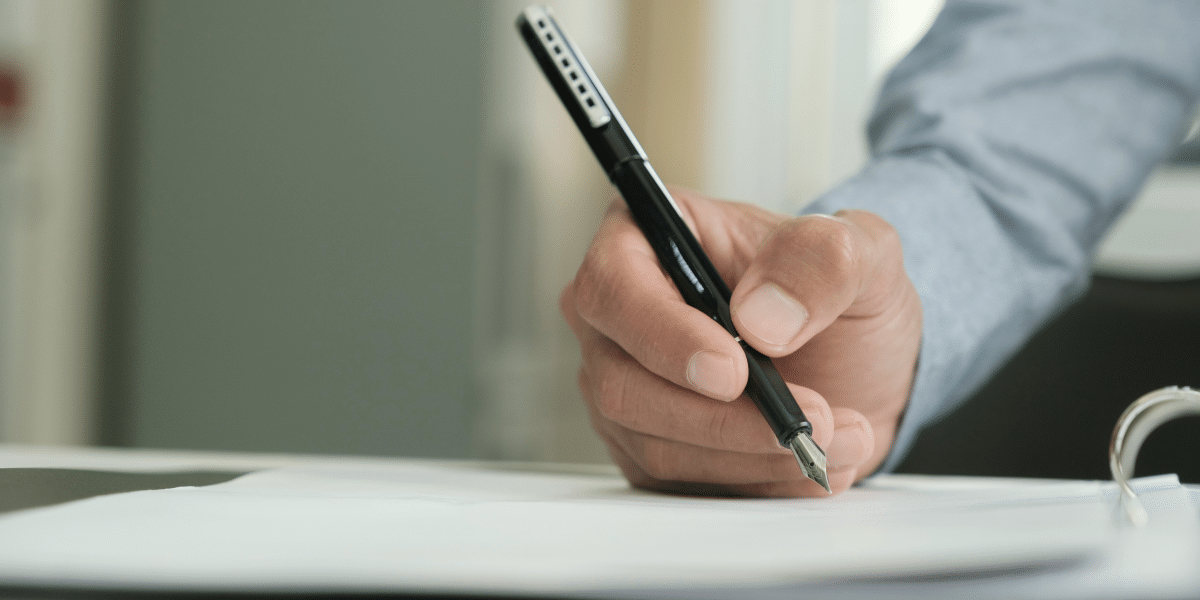Black-and-white photography can be a powerful thing. In the absence of color, distraction is removed. Black-and-white portraiture forces the eye to the details that matter: skin texture, clear eyes full of fire and intensity, or a dynamic composition. Shadows and light look different in the absence of color, and the proper application can make for stunning storytelling.
To tell the stories of women’s journeys with cancer, photographer Ramzi Mansour has captured their portraits in brilliant black-and-white, laying bare their strength. Recently, Mansour has turned his collection into a book called Resilience.
A Passion Sparked
Before he picked up a camera, Ramzi Mansour was all business, investing in telecoms, mobile security, banking, and property development. He still sits on the boards of several companies across Africa and the Middle East. It was a photograph of his wife that sparked Mansour’s passion.
“I remember having my wife standing next to a tree, and I photographed her. When I got home and took a look at the photos, I realized that part of her had been in the shade, and this was creating a silhouette on her face,” Mansour told ORMS Connect, “This gave an almost 3D look that evoked an immediate emotional response in me.”
Mansour rushed home and started researching “lights and shadows portrait photography.” He was hooked. Like many photographers before him, Mansour became more than a little bit obsessed with great lighting. Whether it was natural light, strobes, or continuous studio light, Mansour began to chase the light he so admired in that first photograph.
Mansour lets feeling dictate his lighting and composition decisions. His focus is always on the the eyes—the “windows to the soul.”
“The first thing I always do is look at the eyes. My photos are very raw and have a connection with the subject’s emotions through their eyes.” Mansour says.
Mansour’s style was developed out of an appreciation for iconic images of the 1980s and 1990s, and harkens back to the days of Herb Ritts. That is not to say that Mansour’s work is derivative; his dreamlike, editorial approach is all his own. To Mansour, the style is ageless and the perfect way to capture his subjects’ vulnerability and authentic beauty.
Soon, his passion for capturing the essence of people through the lens of a camera pulled him in a more altruistic direction.
Empowerment and Giving Back
One hallmark of Mansour’s work that sets him apart from others entering the photography industry every year is his insistence on not taking any payment for his work. Mansour’s focus is solely on empowerment. In the last two years, Mansour has photographed 200 to 300 women, free of charge, in his trademark black-and-white, high-fashion style.
Empowerment has taken center stage with Mansour’s book project Resilience, a collection of stories told through photographs of 42 women battling cancer—a disease that has touched nearly each one of us in some way. Launched in October of 2021, the book has been met with resounding praise. Mansour captured each storyteller in black-and-white portraits, and his wife Nicole curated the stories of diagnosis, fear, uncertainty, and triumph.
“I was truly impacted by the stories I heard,” said Mansour, “I heard from the women about their cancer treatments as well as their personal journeys. Their resilience deeply moved me.”
Since its launch, the book has been downloaded over 5,000 times and has been made available in oncology offices from the United Arab Emirates to the United States.
An Ambassador and an Artist
Mansour has carved out a position as a leading photographer in the South African market. He has been named a Leica Ambassador; a distinction bestowed on precious few photographers by the prestigious camera brand. He prefers working with the brand’s rangefinder cameras with no auto-focus and black-and-white only sensors, such as the M10 Monochrome. Mansour moved to a more “old school” medium format with Leica, and as he said, he “never looked back.”
The nature of his equipment requires Mansour to slow down, think about each composition, and create, perhaps, 100 incredible photos instead of taking a more “spray-and-pray” approach that is possible with today’s digital cameras and high-capacity memory cards. Mansour focuses on capturing everything correctly in-camera and doesn’t edit his creations.
“To be honest, I do not edit at all. I am a photographer and so my job is to capture the moment.” Mansour explains. While he does have hired retouchers to dodge and burn his images, enhancing that trademark shadow and light, Mansour skillfully captures images the way he sees them.
Currently, Mansour is busy getting Resilience into people’s hands and making the kind of images that make him happy and continue to fuel his artistry and passion. The theme of resilience that echoed so strongly in his book project also follows Mansour in his photography career. He explained his view of Resilience to the Leica blog:
“To me, resilience is about that inner critic (fear) you have that says it can’t be done; or it won’t be done; or that you will fail. It’s that inner power (love) that overcomes your inner critic to see it through; to accept the present, and that if you do so with courage, bravery, and self-love, you can get through anything.”










